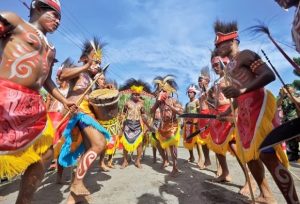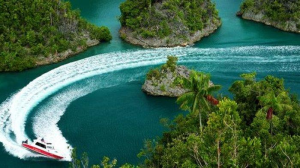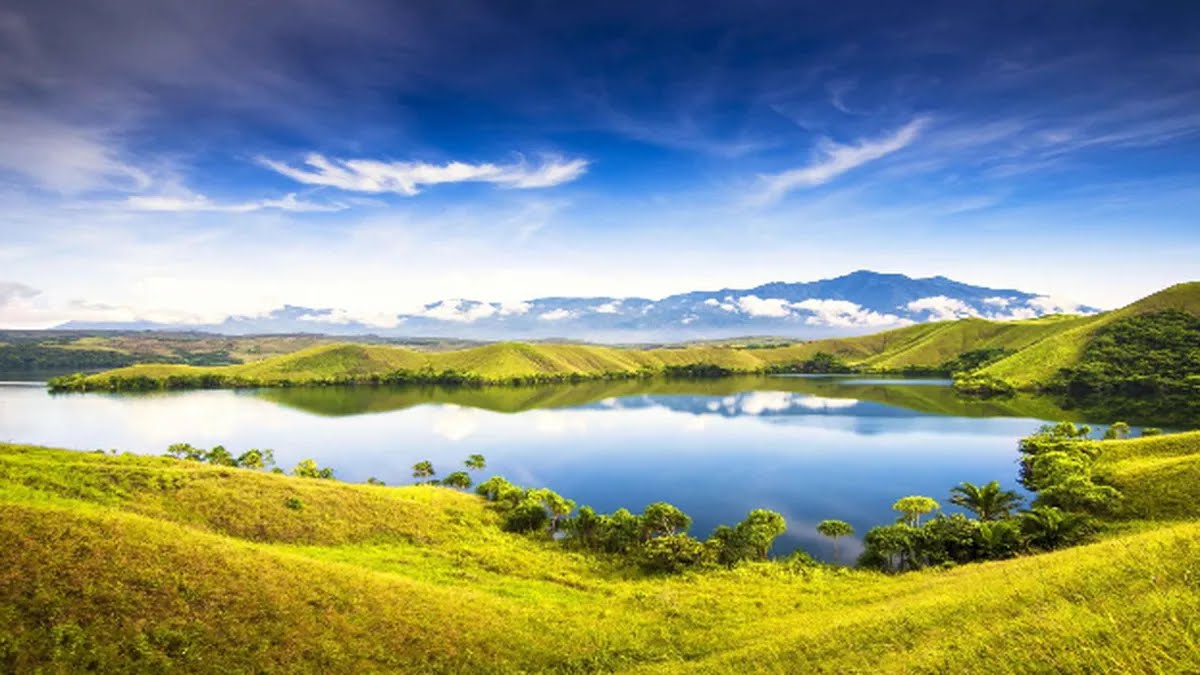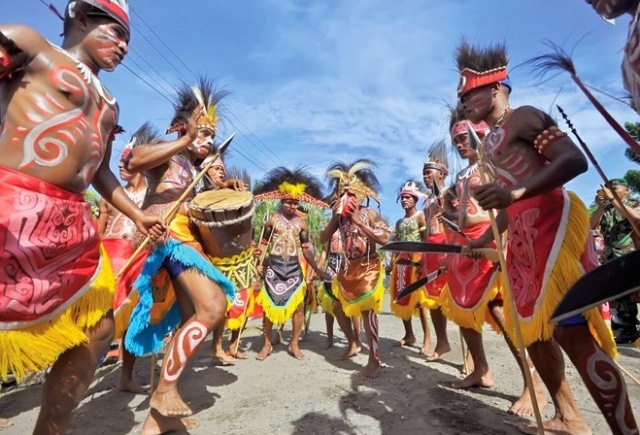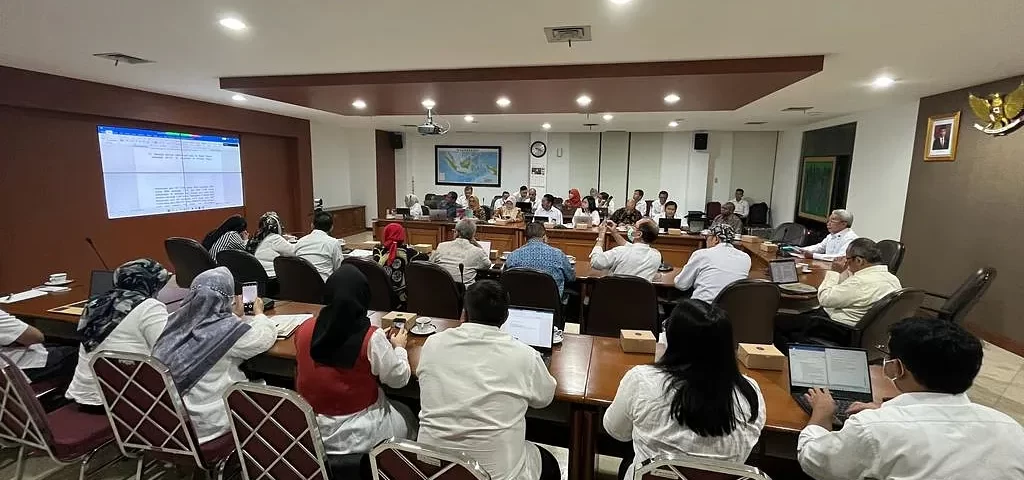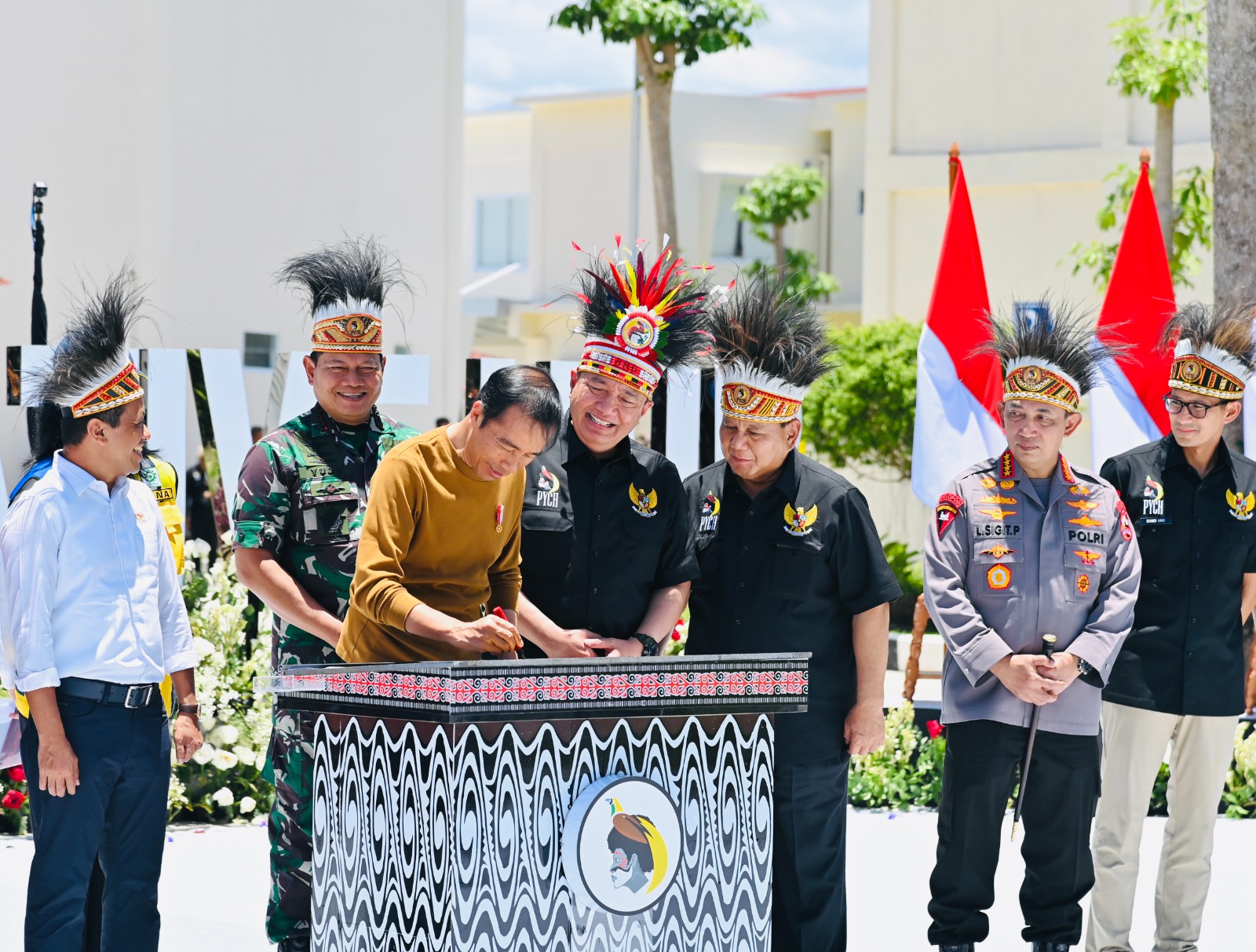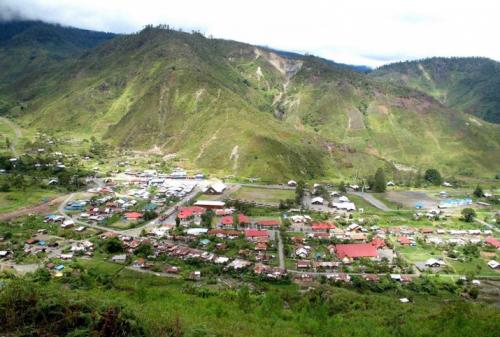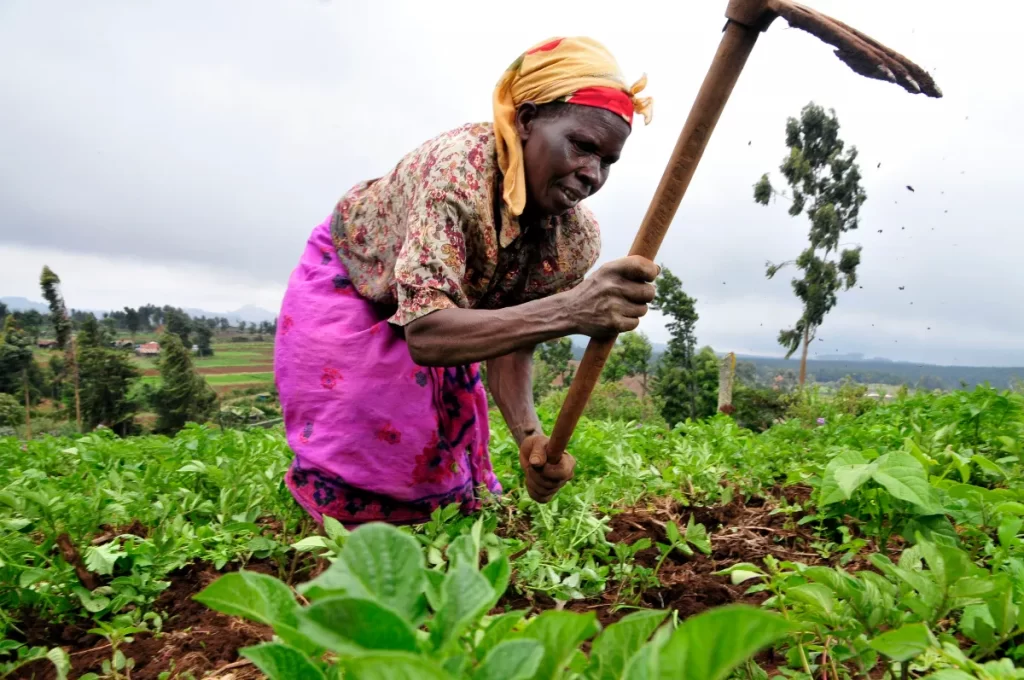
President issues a presidential instruction as a guideline for the development of Papua that will be more innovative, inclusive and affirmative by emphasizing social harmony and local democracy.
The government’s commitment to the development of Papua and West Papua Provinces cannot be doubted. A number of policies have been implemented, starting from the construction of TransPapua roads, airports, ports, markets, sports facilities, and Healthy Indonesia and Smart Indonesia programs, and regional capacity increase to carry out surveillance and control the COVID-19 pandemic.
A Presidential Instruction (Inpres) was issued on 29 September regarding the Acceleration of Welfare Development in Papua and West Papua Provinces. This Presidential Instruction was issued as a guideline so that the development carried out by ministries, institutions and local governments for Papua and West Papua is more focused and integrated.
Presidential Instruction Number 9 of 2020 is a continuation from the Presidential Regulation (Perpres) Number 18 of 2020 on the 2020 – 2024 National Medium-Term Development Plan (RPJMN). The new Presidential Instruction mentions the need for breakthrough measures as well as integrated, precise, focused and synergic measures taken by ministries/institutions and local governments in order to create advanced, prosperous, peaceful, and dignified people in the Papua and West Papua Provinces within the framework of the Republic of Indonesia.
President Jokowi instructed strategic guidelines which include:
- A good, open and participatory governance approach that is supported by an electronic-based government system (SPBE) and data and information-based policies;
- Papua Development approach from the perspective of socio-cultural, customary territories, and ecological zones in the context of sustainable development, and focus on indigenous Papuans (OAP);
- Acceleration of district and village-based development programs in remote areas, least developed areas, inland areas, small islands, state borders, and hard-to-reach mountains;
- Dialogue with all components of society, community organizations, and local government administrators;
- Assistance for and improvement of local government officials and community participation;
- Empowerment and active involvement of local communities and customary leaders in monitoring and improving the quality of public services;
- Empowerment of OAP entrepreneurs and local Papuan entrepreneurs;
- Increasing cooperation, partnerships and collaboration with international development partners, business world, community organizations, social entrepreneurs, philanthropies, academics, and other stakeholders through multi-stakeholder partnership instruments;
- Increasing integrated public communication management and diplomacy.
- Increasing cooperation between ministries/institutions, Indonesian National Defense Forces (TNI), Indonesian National Police, local governments, community leaders and organizations in creating a safe, stable and peaceful Papua Island region; and
- Strengthening the coordination of ministries/institutions and local governments in planning, implementing, controlling, and evaluating development in the Papua Island region.
President Jokowi also stipulated a new design and action plan for accelerating welfare development in special autonomy based on an affirmative, holistic, gender-equitable, and contextual approach to Papua which focused on five new frameworks for Papua:
- The acceleration of human resource development who are superior, innovative, and have character;
- The acceleration of just and quality Papuan economic development and transformation by taking into account the linkages between regions, cities and villages, customary territories, partnerships between economic actors, and the potential for regional economic sectors with integrated management from upstream to downstream which is focused on OAP;
- The acceleration of integrated basic infrastructure development to support public services and economic transformation throughout the Papua Island region;
- The enhancement and preservation of the quality of the environment, disaster and climate change resilience, and development of low carbon emission according to local wisdom, ecological zones, and spatial planning in Papua Island by taking into account local wisdom and;
- The acceleration of bureaucratic reform and good governance in the framework of strengthening special autonomy, public services, inclusive local democracy, social harmony, and safe and stable regional security as well as respecting and protecting human values and human rights.
Deputy Minister of Public Works and Public Housing (PUPR) John Wempi Wetipo welcomed this Presidential Instruction. He said that it Is necessary to have local wisdom approach in the acceleration of welfare development in Papua and West Papua Provinces.
“The presidential instruction mentions local wisdom and it must be prioritized not only in Papua but also in West Papua which has approximately seven customary areas, namely Lapago, Meepago, Animha, Saireri, Mamta, Domberai, and Bomberai,” he said.
According to the former Regent of Jayawijaya, local wisdom approach prioritizes Papuans in the development of all fields carried out in Papua. “This certainly requires community participation and involvement in development carried out by the government,” he said.
He expected more involvement of figures who have comprehension of Papua in the implementation of development. “The implementation of Presidential Instruction No. 9 will be difficult if it does not involve figures who understand the conditions of Papua,” he said.
Wempi hoped that the appointed team can work in accordance with their duties. “The aim of Inpres Number 9 is to develop Papua equal with other provinces,” he said.
Presidential Staff Office in its report mentioned a number of indicators showing the improvement in the socio-economic conditions of Papua and West Papua in the 2015 – 2019 period. The poverty rate in Papua fell from 28.40 percent to 27.53 percent, and West Papua fell from 25.72 percent to 22.17 percent during that period. Papua’s Human Development Index (HDI) increased from 57.25 to 60.84, while West Papua from 61.73 to 64.7.
“It is the evidence that economic transformation in Papua is going well,” said Presidential Staff Office (KSP) Deputy III expert staff Edy Priyono.
Edy added, a study conducted by the Indonesian Institute of Sciences (LIPI) and The Asia Foundation in 2018 showed that road network development (access and connectivity) has proven to improve the socio-economic life of the community. They can sell merchandise outside the region in greater quantities than before.
Improved connectivity also improves social life because easier access has increased people’s mobility and social interaction. “Road construction encourages lower costs and travel time,” he said.
Edy continued, the open unemployment rate of the two provinces decreased during the 2015 – 2019 period from 3.99 percent to 3.65 percent for Papua and from 8.08 percent to 6.24 percent for West Papua.
However, he admitted, Papua’s economic growth in 2019 was indeed negative due to the sharp decline in gross regional domestic product (GRDP) from the mining sector because of the transition of PT Freeport’s production system from open pit mining to underground mining. Papua’s economic growth in 2019 is good enough when excluding the mining sector which is 5.03 percent (when the national economic growth is 5.02 percent). “In general, the distribution of income in Papua and West Papua is improving,” said Edy.
The government at the end of 2019 inaugurated the operation of the Sorong Special Economic Zone (KEK) in West Papua. Edy said the Sorong SEZ is focused on the mining (nickel) and forest/plantation products processing industry. “This is a manifestation of the government’s commitment to spread the centers of economic growth so that it does not only focus in the western part of Indonesia,” said Edy.




